We all
built this
country
We all
built this
country
Photographer and Art Professor Ron Tarver brings Black cowboys into focus and corrects the American cowboy narrative
“We all built this country,” says Tarver, a Pulitzer Prize-winning photographer, “and to remind people that we were in this culture and have been for a long time is important. I hope this book carries out that idea, as well as the beauty and majesty of it.”
The Long Ride Home catapulted to Amazon’s #1 New Releases in Individual Photographer Monographs and Black & African American History books. It sold out in 30 days and is now in its second printing.
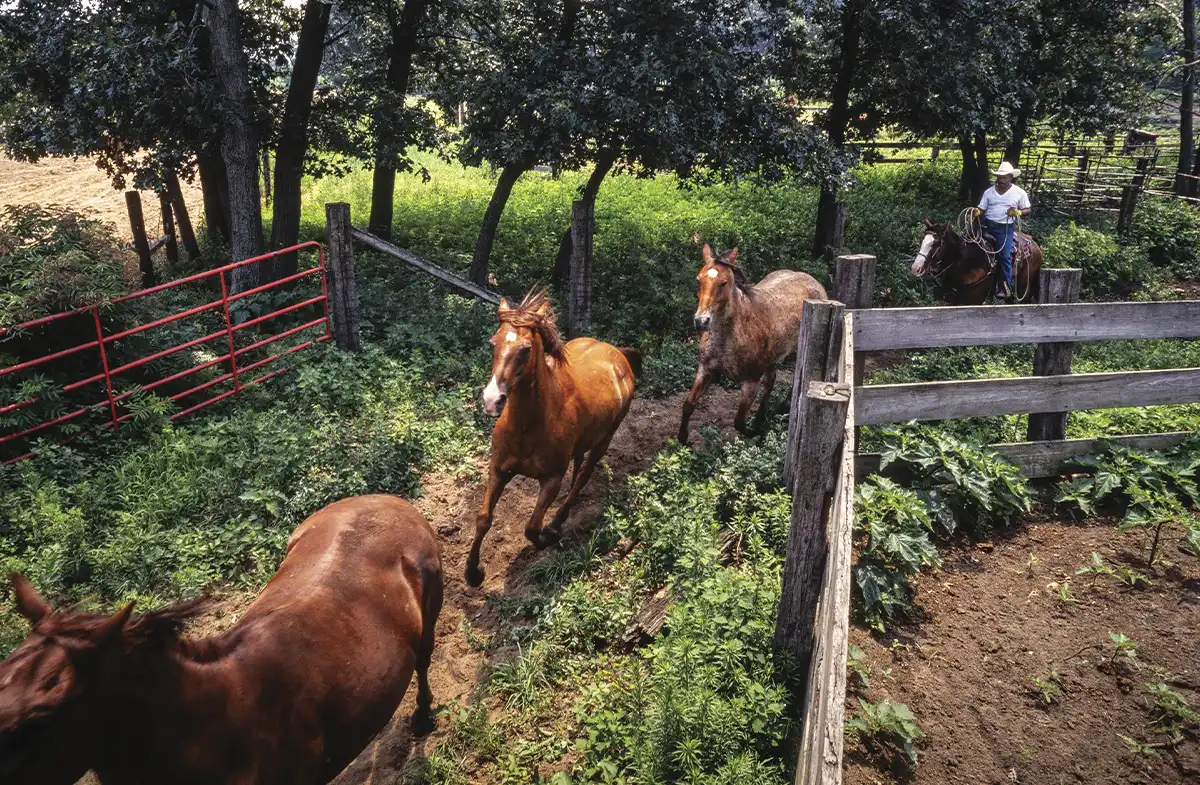
From urban cowboys parading down city streets to Black-owned ranches, rodeos, and Texas trail rides, Tarver’s photographs illuminate the breadth of Black Western culture.
—Art T. Burton, South Suburban College history professor
“A tribute to a way of life both old and new,” Burton says, “Tarver’s unique photographic journey provides a valuable perspective on this world of Americana that all of us need to know, acknowledge, and appreciate.”
Burton explains that one in five cowboys in the Wild West were Black, and many of their stories trace back to Oklahoma — the birthplace that he and Tarver share.
Cowboy culture was woven into the fabric of Tarver’s everyday life growing up in Fort Gibson, Okla. Cowboy boots and hats were common attire, the rodeo was a go-to event, and many young people spent summers working ranch jobs like baling hay.
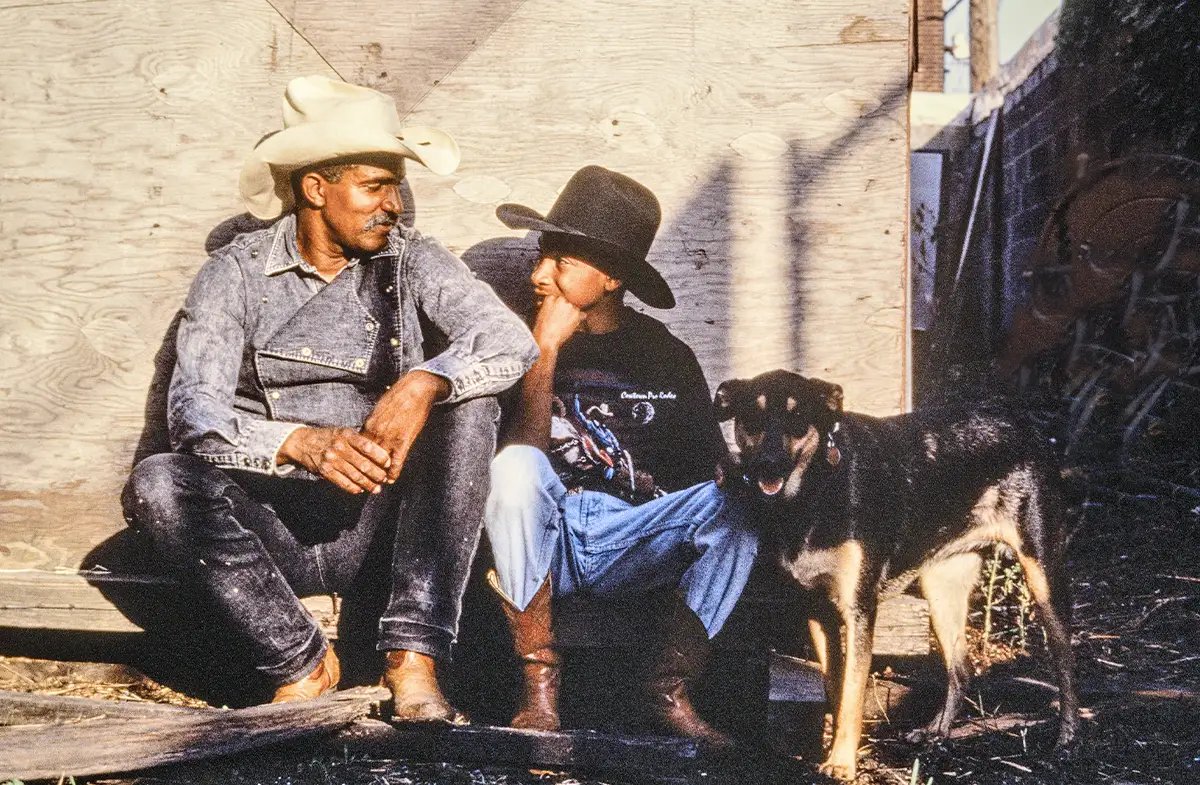
Tarver says being around Black Western culture still lifts him up and makes him feel at home. He describes attending a recent birthday party for Ellis “El-Dog” Ferrell Jr., founder of North Philadelphia’s Fletcher Street Urban Riding Club, inspiration for the Idris Elba film Concrete Cowboy. “I was soaring — I had such a rush of being back at home. Little kids running around, Black, white, Latino. There was a fire burning, the smell of the livestock, horses, and everything. It was almost as if I was transported back to Oklahoma.”
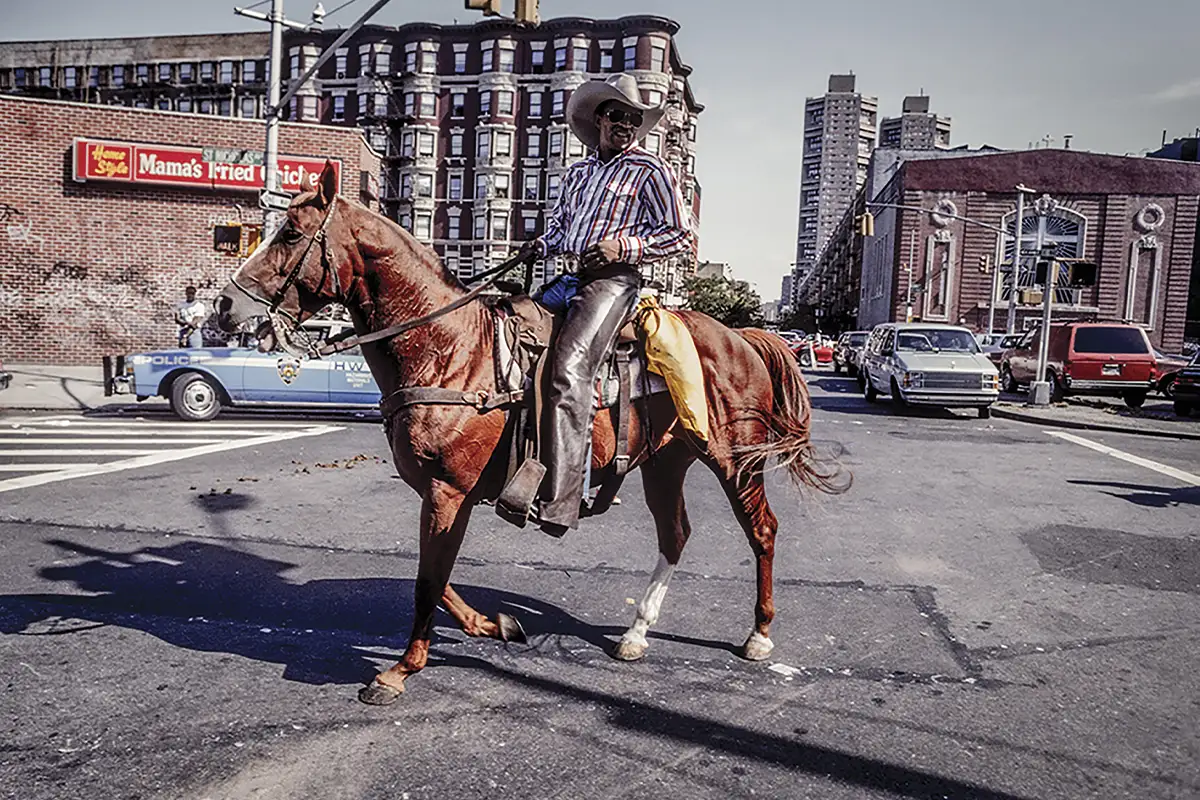
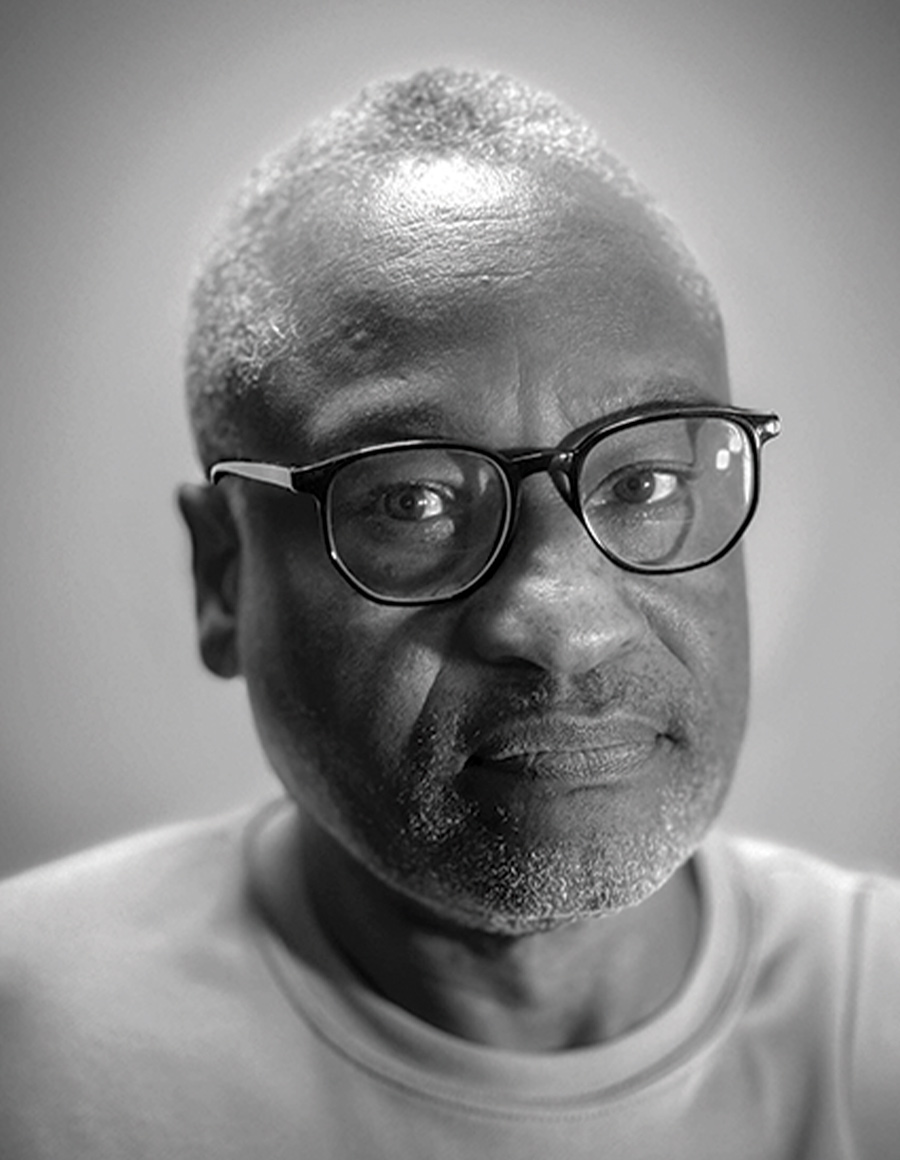
Ron Tarver is associate professor of art at Swarthmore.
In years past, Tarver sought a book deal but was disheartened by dismissive feedback from publishers.
“In fact, one acquisition editor told me, ‘I don’t think there’s such a thing as Black cowboys,’” Tarver recalled. “I said, ‘I got about 20,000 slides says there are.’ ”
Tarver persisted in bringing Black cowboys to the forefront. He inspired photographers like Ivan McClellan, who calls Tarver his “North Star as far as where the work can go.” (McClellan went on to found the Eight Seconds Black rodeo in Portland, Ore.; the outfit will hold its first annual Philadelphia rodeo in October 2025.)
Tarver reflects on the silver lining: “If this book had come out in the ’90s, I don’t think it would have done as well. I don’t think people were ready for it.”
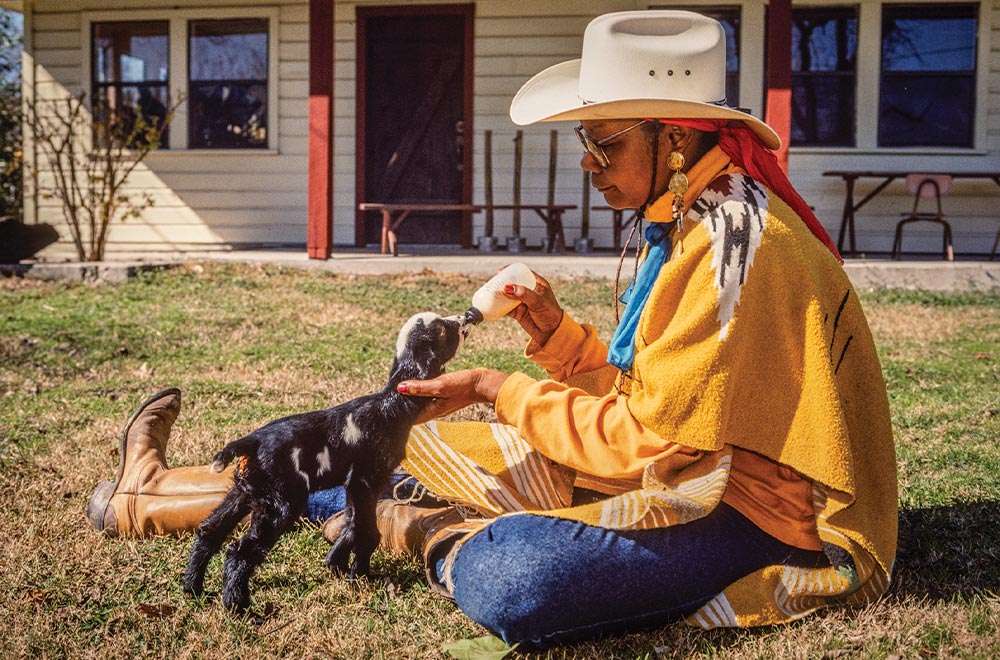
Mollie Taylor-Stevenson Jr. feeds a kid, Houston, 1994
As he teaches his course Foundations in Photography, he remains optimistic about Black Western culture receiving the recognition it deserves, and appreciates the cultural moment. While Beyoncé’s Cowboy Carter spurred a mainstream cowboy craze and won Album of the Year at the 2025 Grammys, other artists centering Black Western culture have been gaining traction in recent years. Examples include Lil Nas X’s 2018 time-travel single Old Town Road, Jordan Peele’s 2022 thriller Nope, Tanner Adell’s 2023 song Buckle Bunny, David Oyelowo’s 2023 TV series Lawmen: Bass Reeves, Pharrell Williams’ Louis Vuitton American Western FW24 fashion collection, and Shaboozey’s 2024 album Where I’ve Been, Isn’t Where I’m Going.
With the success of his book and exhibition, Tarver says he’s excited, relieved, and refreshed that Black Western culture is getting so much attention after all these years.
He also wants to be clear — he’s not a cowboy. He’s a photographer with Black Western heritage.
“That’s kind of where I sit in it,” he says. “And I’m happy with that. That’s good enough for me.”